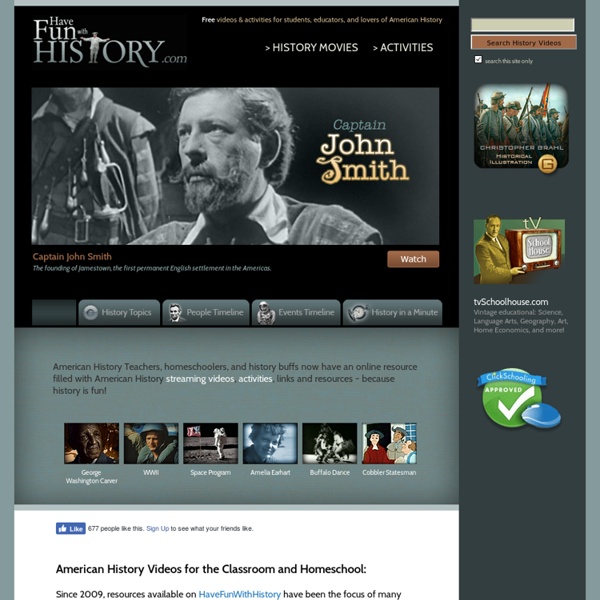



Food Timeline: food history research service Blog Part 7: of an 18-part series a rigid adherence to the non-importation agreement as the most effectual method to obtain a redress of grievances. The saying was current in London that industry and economy were universal in America, where the farmer strutted in homespun and cast an indignant look at the meanness of soul that hoped for superior distinction by indulging in the manufactures of a country that exulted in enslaving the colonies The ministers postponed the design of altering the American constitutions. The Americans would not buy teas shipped from England: they would not live without tea; and hence illicit importations came in freely from Holland The affairs of the East-India Company were in great confusion, and a portion of its financial troubles was alleged to be owing to the loss of the American trade in tea The king now suggested a plan to relieve the corporation, and at the same time try the question with America. To be continued...
historical movies for kids Historical films for older children are pretty easy to find, but more often than not they contain things that are not appropriate for young children. (I was recently reading comments recommending Schindler’s List, one of the most violent Holocaust movies ever, to a fourth grader.) Here is a list of historical movies for kids, ages 6-12. All films are rated G unless otherwise noted. The films are somewhat listed by age range, the first films being for younger kids and the latter films for older ones. DISCLAIMER: Not all of these movies are “historically accurate” as the majority are designed for children. Liberty’s Kids (animated)Although I have never seen any of these, I know Liberty’s Kids is an animated series designed for teaching young children early American history. Mulan (Disney) (animated)Mulan, female hero of China! Pocahontas (Disney) (animated) The classic Disney movie Pocahontas is historical, although the movie has little in common to real-life. Mr. <s Like this post?
Robert Louis Stevenson Robert Louis Stevenson is best known as the author of the children’s classic Treasure Island, and the adult horror story, The Strange Case of Dr. Jekyll and Mr. Hyde. Born in Edinburgh, Scotland, on November 13, 1850, Stevenson was the only child of Thomas Stevenson and Margaret Balfour. Not all of his childhood was spent in the sickroom, though. He had attended school since he was seven, but his attendance was irregular because of poor health and because his father doubted the value of formal education. In order to appease his father, Stevenson studied law. Three years earlier, Stevenson had met Fanny Van de Grift Osbourne, an American woman eleven years his senior, at an artist’s colony near Paris. The journey almost killed him. Lloyd, Stevenson’s twelve-year-old stepson, was confined inside the cottage during a school holiday because of rain, so he amused himself by drawing pictures. In 1882 Stevenson and Fanny moved to Hyeres in the South of France.
Reading Like A Historian | Stanford History Education Group The Reading Like a Historian curriculum engages students in historical inquiry. Each lesson revolves around a central historical question and features sets of primary documents designed for groups of students with diverse reading skills and abilities. This curriculum teaches students how to investigate historical questions by employing reading strategies such as sourcing, contextualizing, corroborating, and close reading. Instead of memorizing historical facts, students evaluate the trustworthiness of multiple perspectives on historical issues. They learn to make historical claims backed by documentary evidence. How do I use these lessons in my classroom? The 73 lessons in the U.S. curriculum, initial 37 lessons of the world curriculum, and 5 lessons in the introduction to historical thinking unit can be taught in succession. 1) Establish relevant background knowledge and pose the central historical question. *Note: United Streaming requires a subscription to Discovery Education.
TEACHING AMERICAN HISTORY through LITERATURE: Elementary through Upper Elementary - Kids Are Patriots Too! TEACHING AMERICAN HISTORY through LITERATURE (Elementary through Upper Elementary) The Double Life of Pocahontas by Jean Fritz - This story is loaded with historical information. Jamestown: New World Adventure (Adventures in Colonial America) by James E. Miracle: The True Story of the Wreck of the Sea Venture by Gail Langer Karwoski – The story of a ship that wrecked off the coast of Bermuda on its way to Jamestown. My America: Our Strange New Land, Elizabeth's Jamestown Colony Diary, Book One, by Patricia Hermes - A young girl's perspective of moving from England with her family to help start the new colony at Jamestown. Pocahontas by Ingri & Edgar D'Aulaire - The D'Aulaires' books are richly illustrated, historically thorough, and entertaining. Pocahontas and the Strangers (Scholastic Biography) by Clyde Robert Bulla - The American legend is written for children with sketched illustrations. The Landing of the Pilgrims (Landmark Books) by James Daugherty. . . . Siege! . . . George vs. . . .
History Simulation Games for Kids I remember one of the early games my son played was Oregon Trail. It is a history simulation game for kids to role play as a pioneer traveling west along the Oregon Trail in the old days. My son learned so much by playing the game. Since then we have played a couple more history simulation games, and here are some good ones we liked and played a lot. The Oregon Trail: it starts as a computer game, and now it is available as apps for iPhone, iPod, iPad and Android devices. European Exploration: This is a free app. Civilization Revolution: in this game, kids act as one of greatest leaders in history and control the powerful empires like Cleopatra’s Egypt, Napoleon’s France, or Lincoln’s America. The Settler: in this game, players build colonies, starting from ground up. Do your child play any history simulation games? Looks for more fun educational apps for kids?